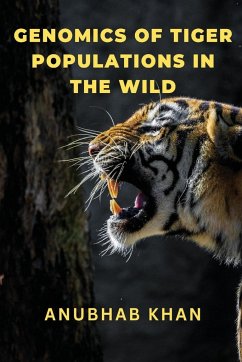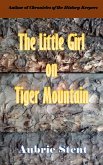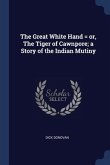Demographic history dictates the expected inbreeding and genetic variation in species. Across species range populations can have independent demographic histories. This shapes the distribution of genetic variation and determines inbreeding in individuals. This in in turn helps in managing expectations of inbreeding and genetic variation in a species and helps prioritize populations in need of attention. Here we estimate demographic history, genetic variation and inbreeding in tigers using whole genome sequences of tigers from across the range. We sequence 4 out of 5 five extant subspecies of tigers. We observe that Bengal tigers have the highest genetic variation among tigers but also have high inbreeding on an average. We use runs of homozygosity (ROH) to estimate the history of inbreeding in tigers and correlate it to the demographic history. We observe that before the systematic and organized bounty hunting of tigers about 200-220 years ago tigers across the range had similar levels of inbreeding. Bengal tigers have high number of individuals with recent inbreeding. Within Bengal tigers, the large connected population of Central India are at par with the world tigers while the small isolated population of North- West Indian tigers appear to be the most inbred tigers globally in our dataset. Our findings reiterate the importance of large connected habitat patches for species survival and indicates that even large carnivores with huge dispersal ranges can be heavily impacted by habitat loss and fragmentation. Within species variance in inbreeding and genetic variation is influenced by differences in demographic history. Across wolves for example Tibetan wolves (Canis lupus chanco) have always existed as a small isolated population, this has led to present individuals having low genetic variation and being highly inbred. Isle Royal wolves on the other hand, have been a part of the historically large Minnesota wolf population, host higher genetic variation and less inbred individuals compared to Tibetian wolves. However, Isle Royale wolves have higher recent inbreeding than Tibetian wolves. Minnesota wolves have higher genetic variation and less inbred individuals than Isle Royale and Tibetan wolves . Similar patterns are also observed across Gorilla populations, humans and Puma.








